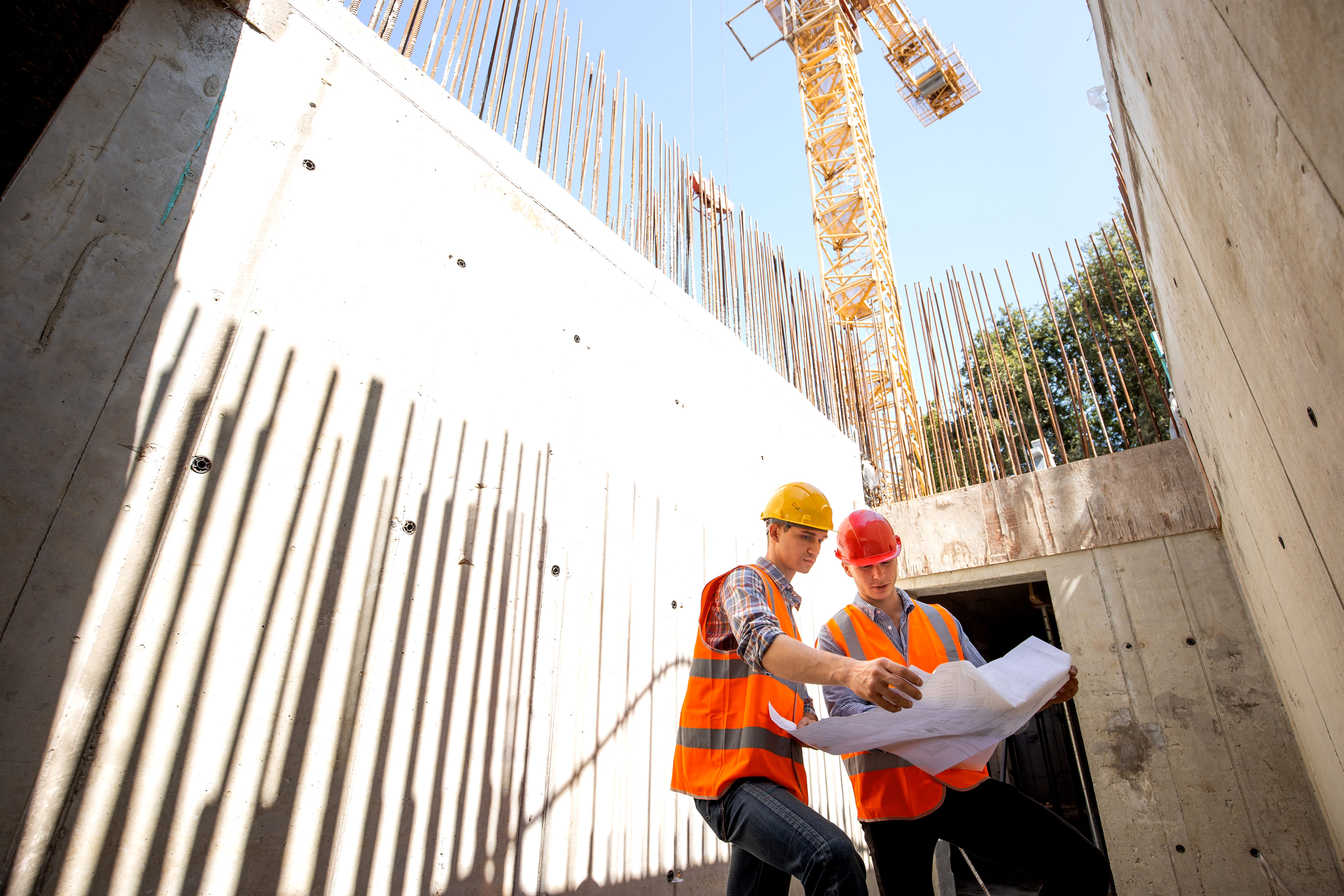What Does a Structural Engineer Do – An In-Depth Overview
Greetings from Tier Consult Group Ltd! We often encounter questions regarding the realm of structural engineering – its definition and the roles a Structural Engineer fulfills. This article serves as your definitive guide to comprehending Structural Engineering and the multitude of responsibilities a Structural Engineer undertakes on a daily basis.
What Is Structural Engineering?
Structural Engineering is more than just a sub-division of Civil Engineering; it's an intertwined discipline that collaborates with various branches of Engineering, including Automobile, Aerospace, and Medical Sciences. While Civil Engineering lays a strong foundation, Structural Engineering extends and applies its principles, making it a distinct branch rooted in Sciences, Mathematics, Architecture, Logical, and Analytical Thinking. Safety, efficiency, and excellence are paramount in this demanding profession.
Responsibilities of a Structural Engineer
Structural Engineers excel in analyzing structures, regardless of complexity. This analysis encompasses load computations, stability studies, and devising optimal safety measures for the structure. Analyses vary based on materials, loads, and structure types, broadly categorized as Static Analysis and Dynamic Analysis. Understanding these analyses is vital for those beginning their journey into the field.
Designing structures with safety and cost-efficiency in mind is a critical aspect of a structural engineer's role. Striking the right balance is crucial to prevent unnecessary expenses or compromise on safety. The design process is tailored to different materials and loading conditions, categorized as Concrete, Steel, Masonry, Timber, or Hybrid Structures. The design further varies based on the type of structure, such as Bridges, Tunnels, Buildings, and Aerospace, each requiring specialized knowledge.
In addition to new constructions, structural engineers oversee the repair and rehabilitation of existing structures. Over time, structures lose strength due to various factors like corrosion and temperature effects. It's the structural engineer's responsibility to assess the existing strength, identify weaknesses, and recommend appropriate repair or rehabilitation methods. Addressing issues like cracks and defects early on is crucial to prevent permanent damage.
Structures are demolished for various reasons, such as loss of strength, obsolescence, or non-compliance with regulations during construction. While constructing a structure is time-consuming, demolition is relatively swift. However, it requires careful planning by a structural engineer and other experts to ensure safety and minimize the impact on surrounding life and infrastructure. Choosing demolition points strategically is key to a safe demolition process.
How to Pursue a Career as a Licensed Structural Engineer
Becoming a licensed Structural Engineer typically involves pursuing a Master’s course in Structural Engineering after completing a Civil Engineering degree. This is followed by specialized coursework and examinations relevant to the field. Experience, usually ranging from 3 to 5 years, is a common requirement. Structural engineers often become members of esteemed Structural Engineering Organizations, such as IStructE (UK), which provide training, resources, and opportunities to stay updated with industry regulations and trends.
Conclusion
In summary, Structural Engineers undertake a plethora of responsibilities, encompassing planning, analysis, design, construction, inspection, monitoring, maintenance, rehabilitation, demolition, and research related to various structural elements. With time, they often specialize in a particular niche based on their preferences and the demands of the industry.
This article is inspired by and adapted from content available at The Structural Blog.
